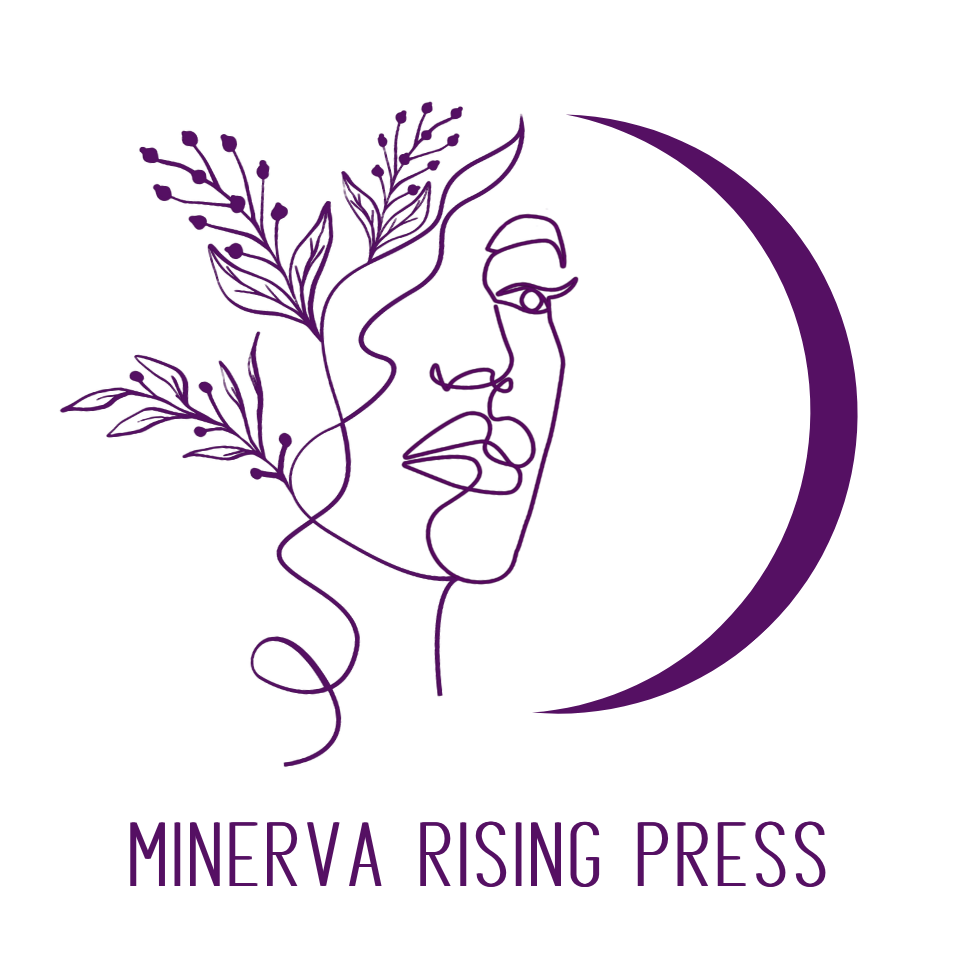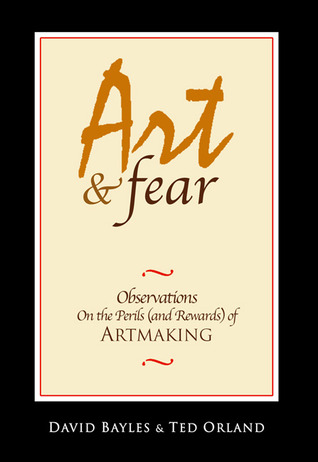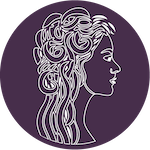One of the best things I could have done for my writing was to take a painting class. Though it uses the same skills that I use as a writer, I’m less obsessed with the outcome. I’m more aware of thoughts that encumber my progress. I notice areas of resistance and recognize unrealistic expectations. I don’t feel the same need for perfection, so it’s easier to cut myself some slack. I’d love to say that I paint with abandon, but I still get hung up with comparing my work with the other people in my class. I often feel like a kindergartener among real art students.
But thankfully my teacher is a champion of individual development. She believes each of her students has potential. She understands that when we face a challenge with our art, it’s more about our belief system than understanding how to work with our medium. Recently, she introduced us to Art and Fear by David Bayles and Ted Orland.
The book is only 122 pages long, but does a deep excavation into what it feels like to try to do the work of art. The opening quote of Part I says it all for me:
Writing is easy all you do is sit staring at a blank sheet of paper until the drops of blood form on your forehead.
— Gene Fowler
Every time I sit down to write I feel this momentary sense of panic. I don’t know what I want to say or how to say. I fear that I will never be able to write again and that every other time was a fluke. I’m almost certain that I will be busted for the fraud I really am.
Bayles and Orland immediate address this by stating early on:
Making art is difficult.
Historically, art was supported by clans, ritual traditions, or the Church. There was less doubt when the artist viewed his or her work in service of God. Now artists work in a state of uncertainty and self-doubt because there is no outside institution that shores them up. And when the fears about your abilities surface it is because there is such a thin line between the artist and her work.
Making art can feel dangerous and revealing. Making art is dangerous and revealing. Making art precipitates self-doubt, stirring deep waters that lay between what you know you should be, and what you fear you might be.
— Art and Fear
Those deep waters frighten me. They create an environment of uncertainty. I’m afraid of how the work might change me or what it will reveal. So in order to combat that fear I try to exert control on my work. I rush through it, hitting only the surface of issues and avoiding the difficult questions. My goal–keep it. When that doesn’t work, I stop writing all together. I respond to that nagging voice in my head that tells me I need to be writing with a slew of excuses why I didn’t have time to do the work or why it doesn’t matter.
Bayles and Orlando says this about trying to control the uncertainty:
Control, apparently, is not the answer. People who need certainty in their lives are less likely to make art that is risky, subversive, complicated, iffy, suggestive or spontaneous. What is really needed is nothing more than a broad sense of what you are looking for, some strategy for how to find it, and overriding willingness to embrace mistakes and surprises along the way.
— Art and Fear
Something clicked for me when my art teacher read this in class. I could easily embrace uncertainty in my paintings. I don’t know enough about watercolor to control it. I can’t rush through the process. I have to allow myself time and space to respond to the subject and medium. I have to be open to mistakes. But what I find surprising is when I have patience letting go in my painting, I find myself thinking deeper about my writing. I begin to see the potential in using the same layering technique we use in watercolor to build up color to build to develop my ideas. I wonder why I’m in such a big hurry to get through the work. It reminds me of being chided as a child by my mother for moving too slow. And I realize that I rush through much of my life in an attempt to get to the next thing. I notice the perpetual sense of anxiety of races through me. I take those observations back to my writing.
Put simply, your work is your guide: a complete, comprehensive, limitless reference book in your work. . . . Your work tells you about your working methods, your discipline, your strengths and your weaknesses, your habitual gestures, your willingness to embrace. The lessons you are meant to learn are in your work.
— Art and Fear
The paradigm shift in thinking has really freed my painting. I can’t wait to see what it does to my writing.




What beautiful colors! An inviting doorway to the artist’s space, maybe? This book sounds like one I need to read.